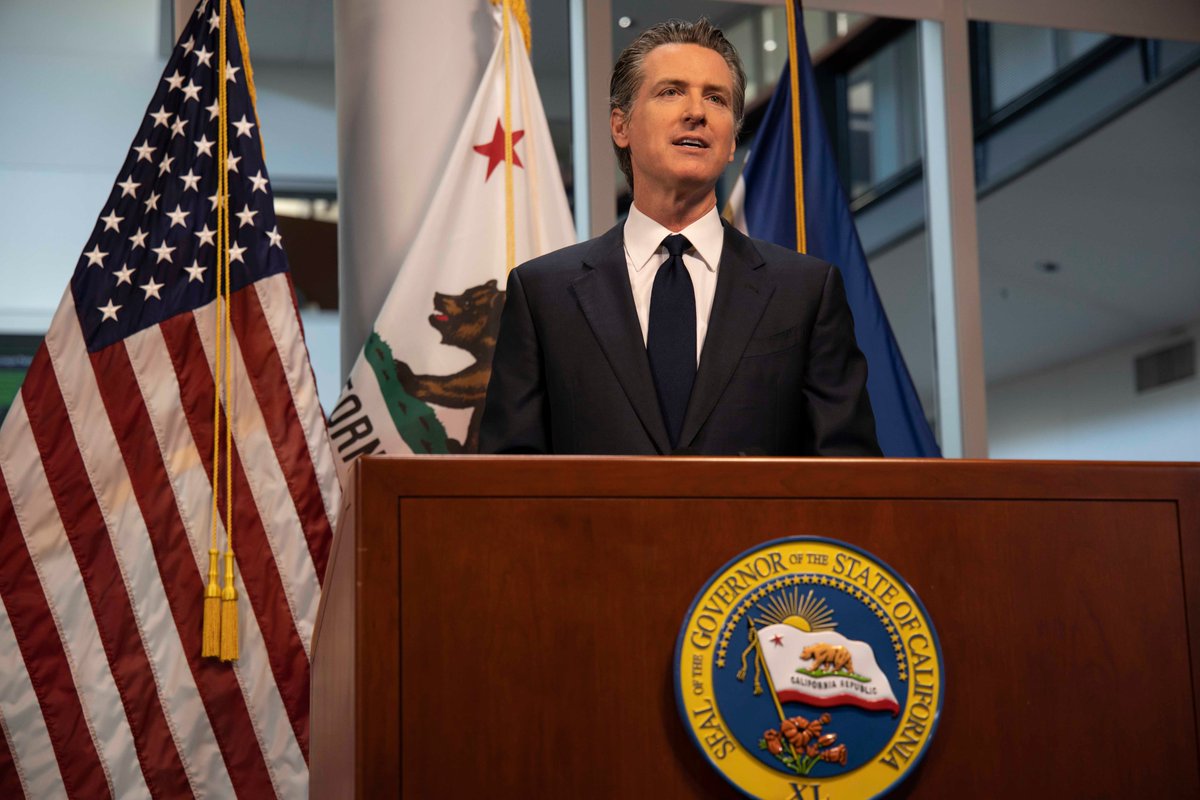California Governor Gavin Newsom announced that the state has made progress on its efforts to protect public lands by conserving 853,000 acres of land and 191,000 acres of coastal waters this past year on July 7.
In the most recent 30×30 report, 26.1% of lands and 21.9% of coastal waters were conserved as of June 2025.
“This progress report reflects years of hard work by thousands of Californians, from tribal leaders to ranchers, scientists to surfers,” California Natural Resources Secretary Wade Crowfoot said in a press release. “But it’s a midpoint, not a finish line but through continued work together we will achieve this important target.”
This milestone comes after President Trump’s repeated attacks against public lands and conservation. In February of this year, the Department of Government Efficiency (DOGE) fired roughly 1,000 new National Park Service hires to cut federal spending.
President Trump’s 2026 proposed budget plan includes over $1 billion in cuts to the National Park Service. This includes cutting $77 million in recreation and preservation funding, and cutting $197 million to the Historic Preservation Fund.
Trump signed Executive Order 14241 titled, “Immediate Measures to Increase American Mineral Production” — also known as the mine everywhere executive order — on April 8. It seeks to identify mineral deposit sites located on public lands in order to expand the U.S. coal industry. Congress has already approved mines in the congressionally protected Mojave National Preserve located in California.
Republican Senator Mike Lee from Utah proposed to sell off over 3 million acres of public land overseen by the U.S. Forest Service and the Bureau of Land Management in June. The amendment was later removed after public outcry and opposition from other Republican senators.
“President Trump and radical Republicans may not see the value of protecting our lands and waters, but California does,” Newsom said in a press release. “We’ve conserved millions of acres of lands and coastal waters — adding an area equivalent to Glacier National Park in just the last year — and bolstered our partnerships with tribal nations and local communities. We’re proving that conservation isn’t just good for nature. It’s critical for people, too.”
The effort to increase land conservation stems from California’s 30×30 initiative, which aims to conserve 30% of California’s land and coastal waters by 2030. California is the most biodiverse state in the country, but ranks second in terms of the amount of plants and animals at risk of extinction. Additionally, according to California’s Water Quality Monitoring council, the state has lost about 90% of its coastal wetlands.
The 30×30 initiative was established in October 2020 after Newsom signed Executive Order N-82-20. The order established the California Biodiversity Collaborative, which aims to protect biodiversity amid the climate crisis by collaborating with groups like Native American tribes and government partners.
The passing of SB 337 in 2023 solidified California’s investment in the initiative by defining the 30×30 goal and requiring the Secretary of the Natural Resources Agency to submit an annual report on the state’s progress.
30×30 also seeks to increase the public’s access to public lands. California’s state parks have collaborated with other state and local agencies to create programs that make national parks more accessible.
The Library Parks Pass is a partnership between the California State Library and the First Partner’s Office that offers free, day-use vehicle entry to more than 200 state park units. Public libraries in California provide these passes to anyone with a public library card. Conserved areas that are being restored or are home to fragile species are not open to the public.
Since 2022, the state has devoted a little over $1.3 billion in state funds towards the 30×30 initiative. In 2021, California invested an additional $1 billion toward the expansion of public access with their Outdoors for All initiative.
The passing of Proposition 4 authorized a $1.2 billion bond each for land conservation/habitat restoration and coastal areas.
“From the otherworldly beauty of Joshua Tree, to the soul-stirring splendor of Yosemite, our parks are part of our national story,” First Partner Jennifer Siebel Newsom said in a press release. “Their very existence reflects the best in us: a century-long, bipartisan tradition to preserve our iconic natural wonders for the next generation — and make them accessible to all.”
Alejandra Rodriguez Zepeda is a News Intern for the summer 2025 quarter. She can be reached at alejar16@uci.edu.
Edited by Annabelle Aguirre.

